
Only 12.4% of event attendees say 'uniqueness of the concept' is not important when deciding whether to attend or not. Almost 9 in 10 of your prospective guests expect a unique experience.
Event activation is the difference between a nice event and a memorable one. It turns your floor plan into a playground of participation—encouraging people to touch, try, share, and take action. As audiences crave tactile, human experiences again, now is the time to design bold activations that feel fresh, personal, and measurable.
Signs of this shift are everywhere: consumers say they want to see, touch, and feel products again (as highlighted in EY’s mid-2024 consumer index) and global business events are steadily surpassing pre-2019 activity (Events Industry Council’s 2024 barometer). The takeaway: audiences are ready for in-person moments that complement—not compete with—digital touchpoints.
Looking to 2026, the most effective event activation ideas blend immersion (VR/AR, interactive art), intelligence (AI, live feedback), shareability (photo-led UGC, social amplification), and responsibility (sustainable design). Below, you’ll find nine proven concepts—plus tips to tie each one to a clear next step and ROI.
Event activation is a brand-led, interactive experience designed to spark a specific behavior—like a demo, trial, signup, or social share—within your event environment. Unlike logistics-focused event management, activations are built to be participatory, story-driven, and measurable.
The goals are simple: deepen engagement, build brand affinity, and drive ROI. That might mean capturing qualified leads, increasing session dwell time, boosting social reach, or converting on-site interest into post-event sales. Crucially, every activation should have a single, defined attendee action and a metric that proves it worked.
The Loopyah Content Team shares expert insights, practical guides, and industry updates to help event organizers create unforgettable experiences and stay ahead in the event planning world.
growth
In a world of endless feeds and notifications, experiential moments cut through because they’re felt, not just seen. Meanwhile, AI and unified data make it possible to personalize those moments at scale—surfacing the right product, session, or offer at the right time. Done well, “next best experience” strategies lift revenue and satisfaction; done poorly, over-targeting can cause fatigue and regret. The sweet spot is relevance with restraint: clear value, easy opt-ins, and transparent data use.
In 2026, the most effective event activations won’t shout louder—they’ll make each attendee feel seen, invited to act, and confident about what happens next.
VR and AR let attendees step inside your story—visualize complex products, explore environments, or co-create designs in real time. Hardware is getting better, lighter, and more accessible, and brands across retail, fashion, and tech are already using immersive demos to launch products, educate, and entertain.
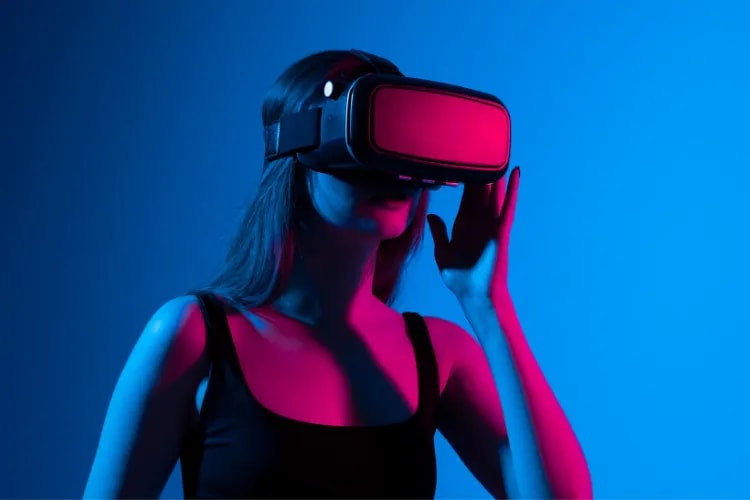
How to make VR/AR work for ROI:
Pair the wow with a trackable next step. Example: after a headset tour, prompt a QR scan to save a personalized configuration or request a quote.
Design for throughput. Use short, guided scenes (2–3 minutes) and a visible queue to maximize participation without long lines.
Capture preferences. Ask micro-questions before or after the demo to personalize follow-up content.
AI can tailor journeys across the event: dynamic agendas, recommended booths, relevant content drops, and intelligent chat that answers questions instantly. The key is unifying registration, CRM, and on-site engagement data—then applying AI with consent, transparency, and clear value for the attendee.
Practical plays:
Personalized agendas: Recommend sessions based on goals selected at registration and real-time interests (e.g., booths visited).
Smart content delivery: Trigger relevant ebooks or case studies via email or SMS after an attendee scans a product.
AI concierge: Deploy a chatbot to answer FAQs and suggest next steps (“Since you loved the AR demo, here’s a 5-minute expert talk in Theater B starting soon”).
Close the loop with segmented emails and clear preferences. Tools like Email Event Attendees make it easy to target messages based on behavior while respecting opt-ins.
Games introduce friendly competition that increases dwell time, conversation, and learning. Whether it’s a scavenger hunt, trivia wall, digital Plinko, or an RFID-powered challenge, the magic is tying points to the business behaviors you need: demos booked, scans captured, sessions attended, or surveys completed.
Design tips:
Make progress visible: Live leaderboards, achievement badges, and prize thresholds nudge participation.
Reward meaningfully: Offer tiered rewards that make sense (e.g., VIP lounge access after three demos).
Measure beyond entries: Track time at booth, scan-to-meeting conversion, and post-event follow-through.
To amplify reach, pair your game with a targeted promotion plan using Loopyah’s event promotion tools so attendees know what they can win and how to play.
Photo-forward touchpoints are evolving fast: think 360 spins, AI stylization, green-screen worlds, and “aura” effects that generate share-worthy portraits. These booths are UGC engines when scenes are designed for vertical video, outputs are instantly delivered, and every asset is subtly branded.

How to boost shareability and measurement:
Stage for the phone: Build depth, layers, and motion prompts (e.g., confetti cannons, light moves) optimized for 9:16.
Automate delivery: QR-based capture and branded microsites make it easy to download, share, and track.
Link to offers: After the photo, present a personalized discount or content pack tied to the attendee’s interests.
Immersive art is a traffic magnet and a memory-maker. Think touch-sensitive walls, motion-reactive floors, projection mapping, or sculptural pieces that change as attendees interact. The best installations align to your brand story and invite co-creation—so the audience feels like part of the piece.
Make it work:
Build multi-sensory layers: sound, light, and haptics deepen immersion and prolong dwell time.
Capture opt-ins at peak emotion: prompt attendees to name their creation, then email the output to themselves.
Add social prompts: integrate a subtle hashtag marker and a staff photographer to keep lines moving.
Sustainability is no longer a nice-to-have; it’s a creative constraint that breeds smarter design. Use recognized frameworks (e.g., updated event sustainability standards) to guide choices, and make your climate actions visible so attendees can participate and feel proud of their impact.
Practical plays:
Design for reuse: modular walls, rental furnishings, and fabric graphics reduce waste and shipping volumes.
Material choices: prioritize recycled substrates, water-based inks, and low-energy lighting.
Make actions visible: on-site refill stations, composting, and digital swag with impact counters (e.g., bottles saved).
Real-time polling and moderated Q&A make sessions more inclusive and memorable. They give quieter voices a say, help speakers adapt in the moment, and produce rich data you can use to refine programming and follow-ups.
How to boost participation:
Plan for it: seed one poll every 8–10 minutes and leave space for a moderated Q&A block.
Use mobile-first tools: keep URLs short and QR codes large so anyone can participate quickly.
Act on the data: route highly interested respondents to tailored follow-ups in your event software and sales workflows.
Your activation’s reach shouldn’t end at the venue walls. Pair on-site experiences with a clear hashtag strategy, content prompts, and live publishing to meet audiences where they already create and consume. Focus on the platforms that match your personas—then make sharing effortless.
Execution tips:
Seed the hashtag early: include it on tickets, signage, slides, and photo outputs.
Publish live: collect the best attendee posts and reshare highlights on screens and official channels.
Promote the moment: schedule teaser posts and influencer walk-throughs with Loopyah’s promotion tools to drive FOMO and attendance.
Surprise-and-delight works best on top of a frictionless baseline. When check-in is effortless, signage is clear, and schedules are easy to navigate, well-timed micro-moments feel like magic: a personalized snack, a hand-written note from a speaker, an unexpected upgrade, or a secret-door experience for engaged attendees.
Ideas that resonate:
Personalized perks: unlock a coffee voucher after two booth scans or a VIP lounge pass for top quiz scorers.
Backstage moments: limited meet-and-greets or behind-the-scenes tours for engaged community members.
Surprise content drops: text a bonus session recording or exclusive template to attendees who opted in.
Bring the activation to the attendee instead of waiting for them to come to you. This moving, human-led experience blends performance, participation, and digital capture—perfect for festivals, outdoor events, or any environment where people are exploring freely.
How It Works
Costumed “Storycatchers”—trained performers or brand ambassadors—wander the festival with a small, beautifully designed hand-held device (tablet, mic, or prop) and invite attendees to answer a fun, fast, personal prompt.
Examples:
“What moment made today unforgettable?”
“Show us your festival superpower in 5 seconds.”
“Give a shoutout to someone who made your day.”
They capture ultra-short clips or photos, then instantly turn them into branded digital postcards or mini-reels.
Why It Works
Zero friction: no lines, no stage, no queue—people participate organically and impulsively.
High emotional engagement: the human interaction makes guests feel seen and adds warmth.
Ideal for social: spontaneous, authentic moments perform better than staged content.
Scales easily: one or multiple Storycatchers can roam depending on crowd size.
Great data capture: assets are delivered via QR or SMS, encouraging opt-ins without pressure.
Ways to Amplify It
Display the best clips on a live festival screen throughout the day.
Turn daily highlights into a “Festival Story of the Day” video.
Create a final recap reel made entirely from attendee-generated moments.
Gamify it: surprise rewards for those who participate (VIP upgrade, drink tokens, merch).
Ideal for large festivals, open campuses, brand takeovers, pop-ups, sporting events, or any environment where attendees move constantly and crave connection.
The best activations aren’t the biggest or most expensive—they’re the ones that align tightly with your goals, your audience, and the environment you’re working within. Use this simple decision framework to choose experiences that feel intentional, achievable, and directly tied to measurable outcomes.
Every activation should exist to trigger one primary action: a demo booked, a QR scan completed, a trial started, a photo shared, or a survey submitted. If an idea tries to do too many things, it becomes confusing on-site and harder to measure.
Ask: What is the one thing we need attendees to do when they reach this experience?
Different audiences respond to different energy levels, formats, and incentives.
Enterprise buyers: prefer purposeful, time-efficient interactions (AI personalization, guided demos, live polling).
Creators + consumers: respond strongly to photogenic, high-shareability moments (immersive photo zones, interactive art).
Technical audiences: gravitate toward hands-on, exploratory experiences (VR/AR demos, gamified product walkthroughs).
Ask: What does our audience value—speed, creativity, depth, exclusivity, or entertainment?
Your venue determines what’s realistic. Small footprints suit fast-turn experiences (photo booths, micro-demos, kiosks). Larger booths or open spaces can host deeper interactions (interactive art, multi-user VR, workshops).
Ask: How many people can this activation serve per hour without creating friction?
Define the exact data point you’ll capture—then design the activation around making that action easy and appealing.
Examples:
VR demo → QR scan to save configuration
Photo booth → email opt-in to receive the asset
Game → badge scan to join leaderboard
Sustainability moment → pledge signup or impact counter interaction
Ask: Which metric best proves this activation drove value?
Some activations require custom production; others are lightweight plug-and-play. Your choice should balance creativity with feasibility.
Lower-budget: gamification, digital scavenger hunts, lightweight AI tools, live polling
Mid-budget: branded photo experiences, RFID challenges, interactive kiosks
High-budget: multi-sensory installations, projection mapping, full-scale VR environments
Ask: What level of investment delivers the strongest ROI for our objective?
A brilliant on-site moment is only half the equation; the real ROI comes from how you use the data afterward.
Your activation should answer:
What follow-up content will attendees receive?
What automation paths will they enter?
How will this moment influence sales or retention?
Ask: What happens in the attendee’s journey immediately after this experience?
A standout activation doesn’t happen by accident—it’s the result of clear objectives, thoughtful design, tight logistics, and intentional follow-up. Use this practical, end-to-end workflow to move from idea to measurable impact.
Define the one behavior you want to trigger and the metric that proves success.
Map the attendee journey: how people discover the activation, enter it, engage, and exit with a clear next step.
Choose technology and tools early (e.g., VR/AR, RFID, photo delivery platforms, AI personalization engines).
Align the concept with budget, booth size, staffing needs, and expected throughput per hour.
Develop creative assets: scripts, signage, prompts, visual cues, motion elements, and branded outputs.
Build the data pipeline so scans, interactions, and opt-ins flow into your CRM automatically.
Train staff or ambassadors on messaging, crowd flow, data capture, and how to guide conversations without feeling salesy.
Conduct a small-scale rehearsal to test timing, tech reliability, and queue management.
Launch with clear visual cues so attendees instantly understand how to participate.
Keep interactions short and high-energy—aim for 2–4 minutes unless deeper immersion is part of your strategy.
Use dynamic prompts, staff guidance, or real-time content to keep lines moving and engagement high.
Trigger immediate next steps (QR scans, digital downloads, personalized offers, meeting invites) at the activation’s exit point.
Monitor dwell time, tech performance, staff capacity, and opt-in rates throughout the day and adjust in real time.
Collect qualitative insights from staff and participants to flag friction points or high-interest behaviors.
Post-event, route each attendee into a segmented follow-up sequence tied to their activation behavior—content, demos, offers, or reminders.
Reconcile data with your CRM and calculate results against your original success metric to quantify ROI and inform the next event.
A strong activation doesn’t require an oversized spend—it requires clarity. When you understand your objective, your audience, and your constraints, you can allocate budget where it actually moves the needle. Use this framework to forecast costs confidently and protect your ROI.
Start with the single action you want to drive; the behavior determines the level of investment required.
Map the full lifecycle: creative development, tech setup, on-site staffing, and post-event follow-up.
Break major costs into clear buckets—creative, technology, fabrication, logistics, staffing, and incentives—so nothing is overlooked.
Use modular or reusable elements wherever possible to reduce long-term spend.
Set aside a 10–15% contingency for venue changes, rush fees, or last-minute adjustments.
Validate each line item by asking: Does this cost directly support engagement, data capture, or conversion?
Matching Your Concept to Your Budget
Lower budgets: mobile-first games, scavenger hunts, live polling, lightweight AI personalization, simple photo moments.
Mid-range budgets: branded photo booths, interactive kiosks, RFID-based challenges, modular scenic pieces.
Higher budgets: projection mapping, multi-sensory environments, custom VR/AR builds, large-scale installations.
For deeper templates, category breakdowns, and examples of realistic cost ranges, refer to our full guide on event budgeting. It will help you build an activation budget that’s transparent, defensible, and aligned with your broader event strategy.
Great ideas deserve great instrumentation. Before you build, align each activation to one behavior, one dataset you’ll capture, and one business outcome you’ll advance. Then track consistently from on-site to post-event follow-up.
Activation KPIs to consider:
Participation: scans, session joins, game entries, photo captures, dwell time.
Quality: opt-in rates, data completeness, qualification tags, content engagement depth.
Conversion: demo bookings, meeting sets, trials started, purchases, NPS shifts.
Amplification: UGC posts, hashtag reach, shares, influencer mentions.
After the event, use segmented messaging via to continue the personalized journey—sending tailored content, offers, and next steps based on the activation each attendee engaged with.
Event activations turn attendees into participants—and participants into advocates. In 2026, the strongest playbooks combine immersion (VR/AR, interactive art), intelligence (AI personalization, live feedback), shareability (UGC-ready photo moments, social amplification), and responsibility (sustainable design). Above all, anchor every build to a single behavior you want to trigger, the data you’ll capture, and the business outcome it advances.
Ready to design your next wave of event activation ideas? Explore how Loopyah’s event software and integrated promotion tools can help you plan, promote, and measure with confidence.
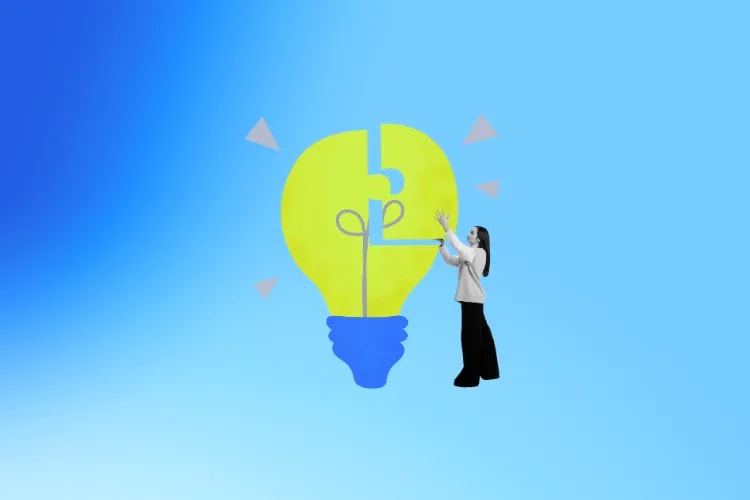
planning

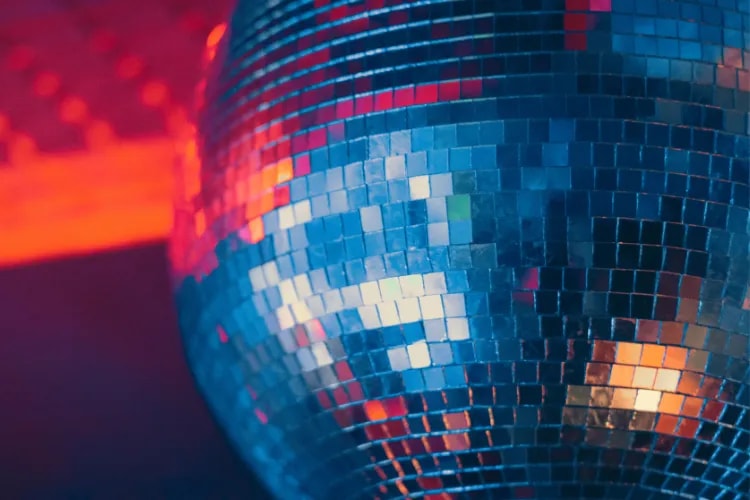

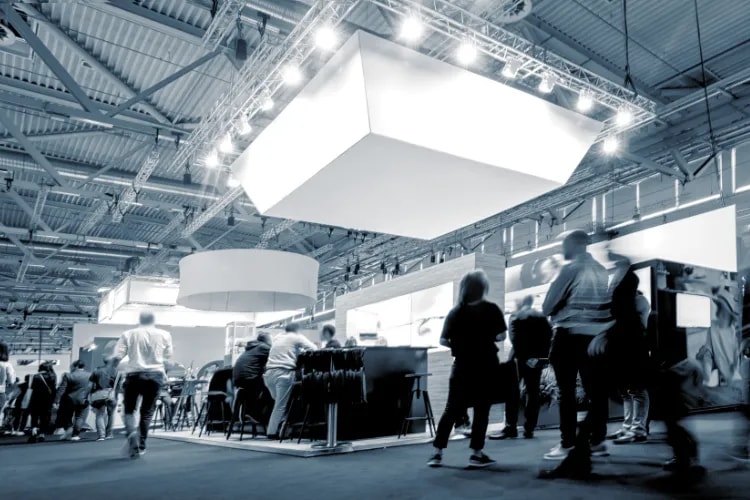
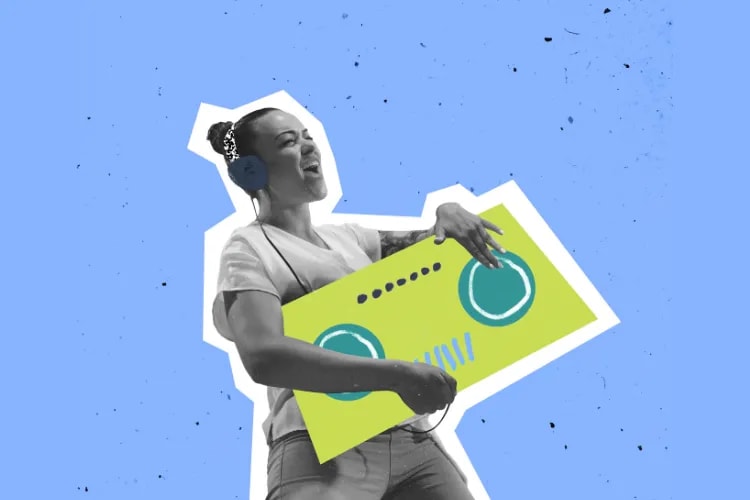
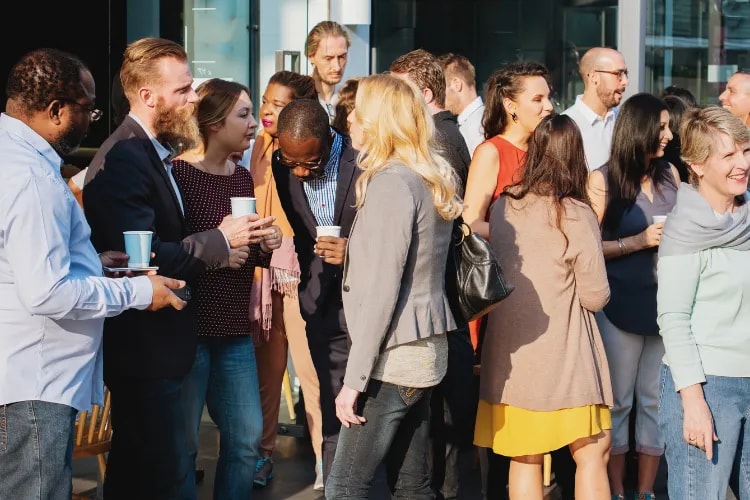
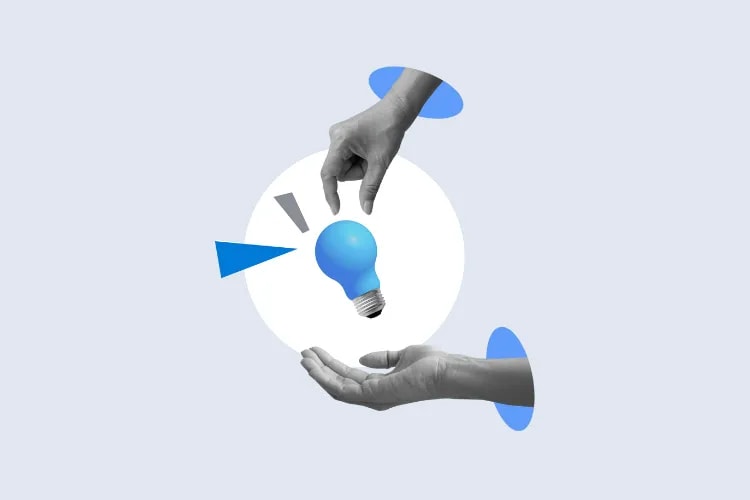
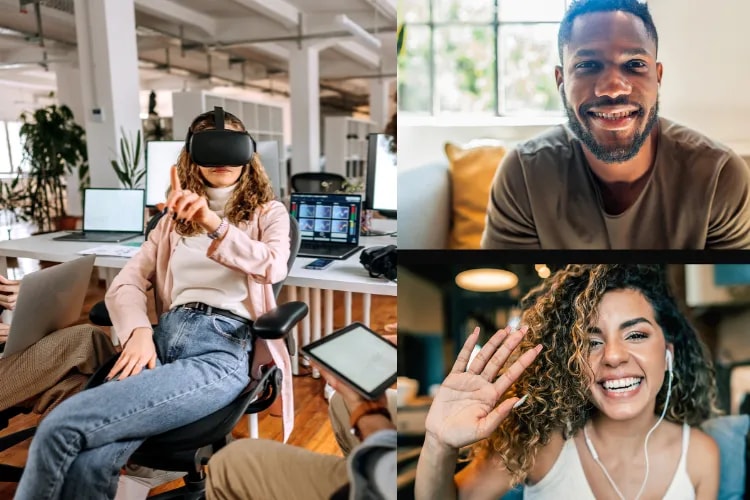
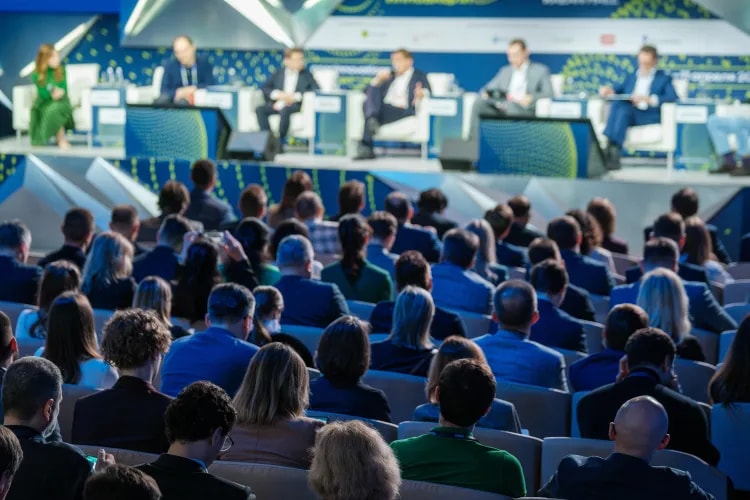
trends
marketing
growth
planning
planning
planning
marketing
planning
marketing